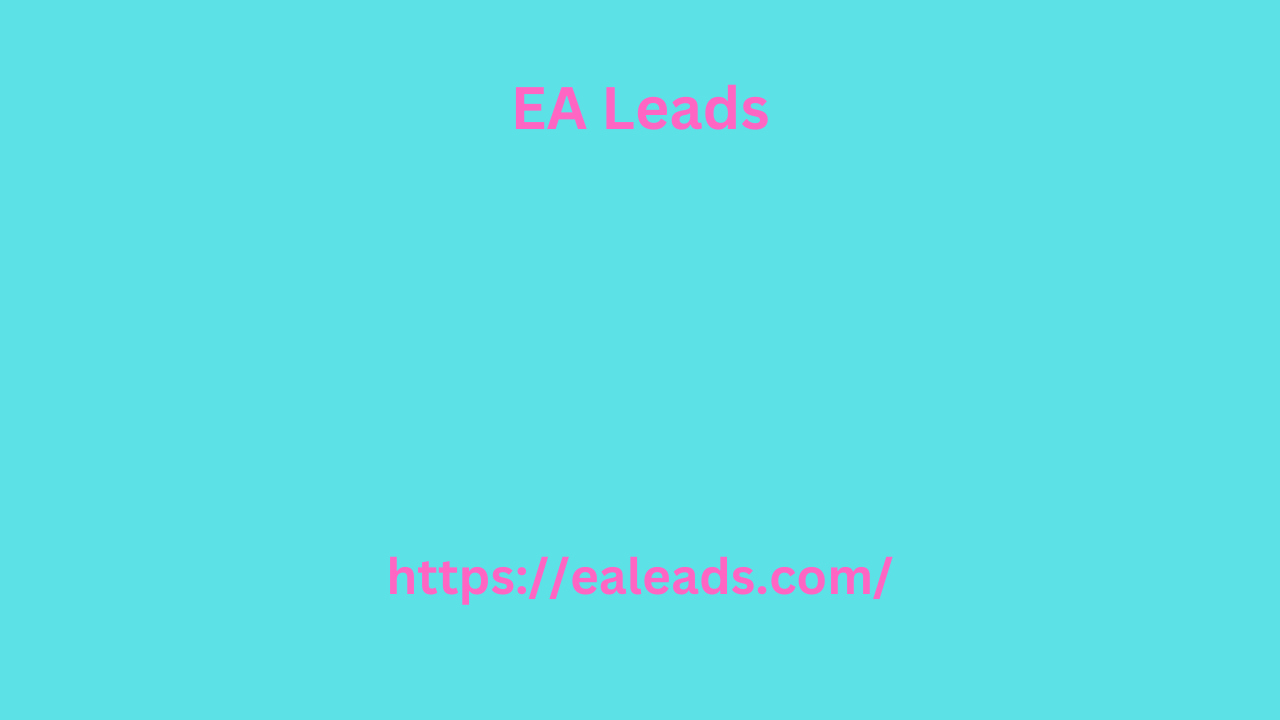Post by account_disabled on Mar 14, 2024 5:48:31 GMT
There is a person behind it and you are here to help others. Editor Neil P. Digital marketing expert and entrepreneur Once you've decided which POV to use, start writing the first draft of your content. A blog post consists of three parts: introduction, body and conclusion. Introduction The introduction is the first paragraph of a blog post, which appears below the title. It allows readers to recognize the goal of the post and encourages them to read the article further. Here are the three essential elements to keep in mind when writing the introduction of a blog post: Hook: This is the part of the introduction that captures the reader's attention.
It can be an interesting quote or anecdote, an intriguing EA Leads question, or a surprising statistic. The right hook to choose depends on your topic, audience, and writing style. Transition: A transition is a sentence or paragraph that connects the hook to the body of the post. Inform readers of the importance of the blog topic before diving into all the details of the post. Thesis: As the final element of an introduction, the thesis summarizes the purpose of the post and reinforces why readers should continue reading the article. For example, if you're going to discuss ten ways to monetize a website, tell readers right away that you have ten tips to share. Body The body of the blog post is where the writer elaborates on the main point of his content in a few paragraphs.

There is a person behind it and you are here to help others. Editor Neil P. Digital marketing expert and entrepreneur Once you've decided which POV to use, start writing the first draft of your content. A blog post consists of three parts: introduction, body and conclusion. Introduction The introduction is the first paragraph of a blog post, which appears below the title. It allows readers to recognize the goal of the post and encourages them to read the article further. Here are the three essential elements to keep in mind when writing the introduction of a blog post: Hook: This is the part of the introduction that captures the reader's attention.
It can be an interesting quote or anecdote, an intriguing EA Leads question, or a surprising statistic. The right hook to choose depends on your topic, audience, and writing style. Transition: A transition is a sentence or paragraph that connects the hook to the body of the post. Inform readers of the importance of the blog topic before diving into all the details of the post. Thesis: As the final element of an introduction, the thesis summarizes the purpose of the post and reinforces why readers should continue reading the article. For example, if you're going to discuss ten ways to monetize a website, tell readers right away that you have ten tips to share. Body The body of the blog post is where the writer elaborates on the main point of his content in a few paragraphs.

There is a person behind it and you are here to help others. Editor Neil P. Digital marketing expert and entrepreneur Once you've decided which POV to use, start writing the first draft of your content. A blog post consists of three parts: introduction, body and conclusion. Introduction The introduction is the first paragraph of a blog post, which appears below the title. It allows readers to recognize the goal of the post and encourages them to read the article further. Here are the three essential elements to keep in mind when writing the introduction of a blog post: Hook: This is the part of the introduction that captures the reader's attention.
